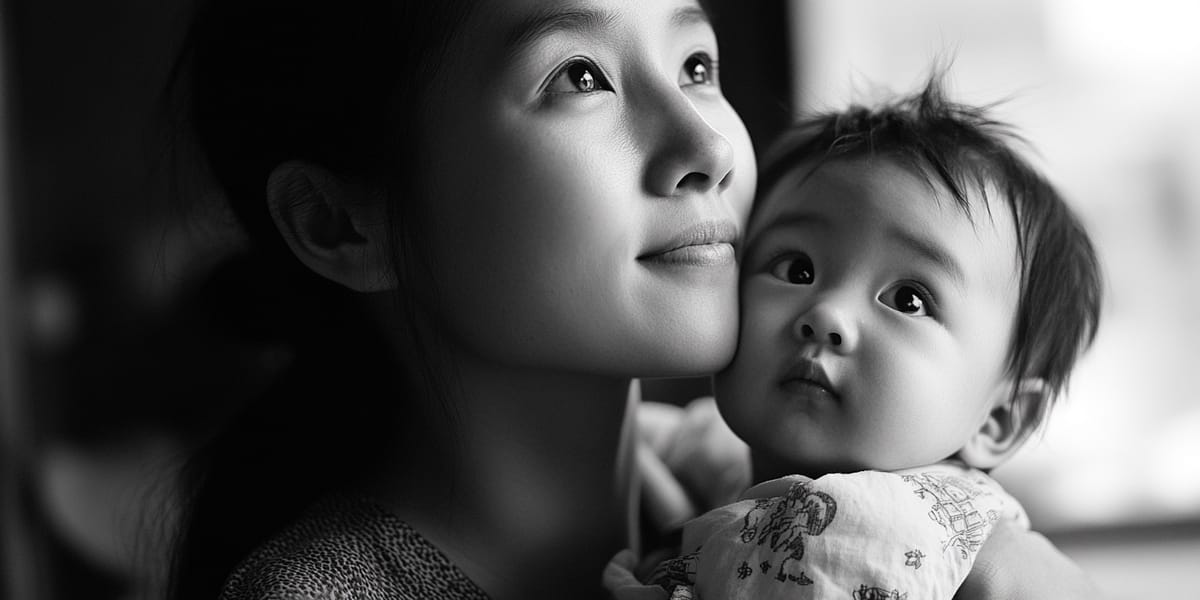China Launches Nationwide Cash Rewards To Reverse Birth Rate Decline

China plans to provide annual cash payments of 3,600 yuan ($503) to families for each child born from January 2025 onward until the child reaches age three. According to Business Standard, the nationwide initiative responds to years of population decline threatening the world's second-largest economy.
The policy covers children born on or after January 1, 2025, under what sources describe as a comprehensive government effort to address the country's demographic crisis. Officials have not publicly confirmed the program details, with the State Council Information Office yet to respond to media requests for comment.
China's population dropped by 1.39 million people in 2024 to 1.408 billion, marking the third consecutive year of decline. New births totaled 9.54 million in 2024, up from 9.02 million in 2023, according to official statistics released in January 2025.
Why This Policy Matters Now
The cash subsidy program addresses China's fertility rate crisis, which reached just 1.0 births per woman in 2024. This figure falls far below the 2.1 replacement level needed to maintain stable population growth. South China Morning Post reports that one pilot city, Tianmen in Hubei province, achieved a 17 percent birth rate increase in 2024 through generous local incentives.
Tianmen offers families up to 220,000 yuan in total benefits for a third child, including housing coupons worth 120,000 yuan and monthly payments of 1,000 yuan until age three. The city welcomed 1,050 more newborns in 2024 compared to 2023, bucking national trends.
China's working-age population continues shrinking while the elderly population grows. People aged 60 and over reached 296.97 million in 2023, representing 21.1 percent of the total population. This demographic shift threatens labor supply and economic productivity as fewer workers support more retirees.
Economic And Regional Implications
The birth incentive strategy reflects broader concerns about China's economic future as the workforce contracts. Reuters data shows deaths outpaced births for the third straight year, with 10.93 million deaths versus 9.54 million births in 2024.
International comparisons show China joining other East Asian nations with ultra-low fertility rates. South Korea recorded 0.73 births per woman, Taiwan 0.86, and Hong Kong 0.73, according to United Nations estimates. Japan maintains a slightly higher rate at 1.22 births per woman.
The financial burden of supporting aging populations strains local government budgets already facing debt challenges. Tianmen city, despite its birth rate success, carried $1.9 billion in debt as of 2023, raising questions about the sustainability of expensive incentive programs.
Experts express skepticism about long-term effectiveness. Washington Post research suggests cash incentives typically produce temporary increases by encouraging couples to have children earlier rather than motivating additional births. This effect often reverses after initial implementation periods.
Further Reading
For deeper insights into global adoption trends, our Alternative Financial Systems Index tracks regulatory frameworks and adoption metrics across 50 countries. The analysis examines how demographic changes influence economic policy decisions worldwide.




